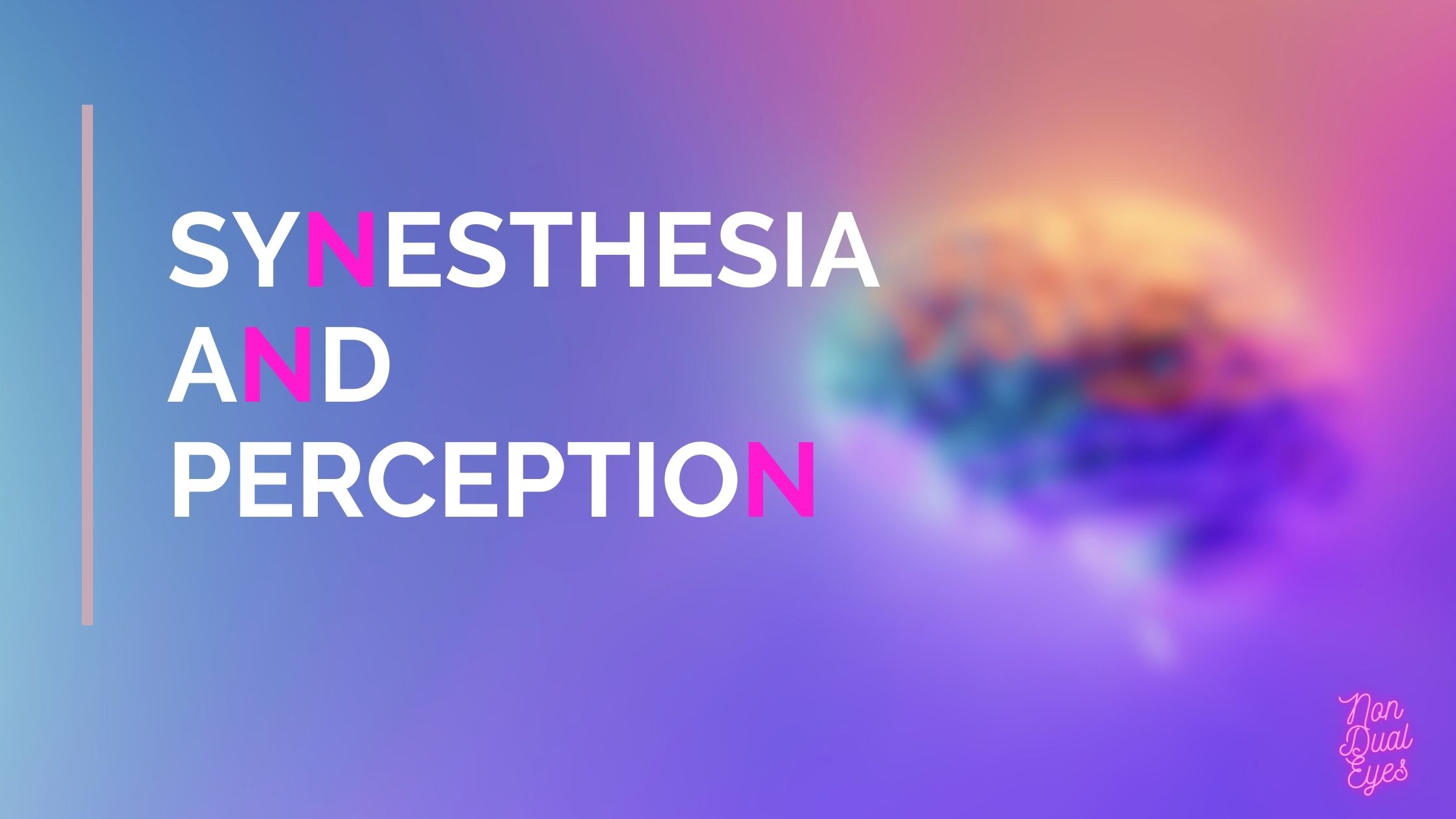Imagine a world where music isn’t just heard, but seen and felt in vibrant hues and textures. For Grammy-winning artist Billie Eilish, this is not a flight of fancy, but her daily reality. Eilish, like an estimated 4% of the population, experiences synesthesia – a fascinating neurological phenomenon where stimulation of one sensory pathway leads to automatic, involuntary experiences in another. Billie Eilish explained in a 2019 interview with Rolling Stone –
“I think visually first with everything I do, and also I have synesthesia, so everything that I make I’m already thinking of what color it is, and what texture it is, and what day of the week it is, and what number it is, and what shape,”
This unique perception doesn’t just color Eilish’s personal experiences; it profoundly influences her art. Her music videos often feature visual elements that reflect her synesthetic perceptions of her music. The swirling black tears in “when the party’s over” or the burning red imagery in “all the good girls go to hell” aren’t just artistic choices – they’re glimpses into how Eilish experiences her own music.
Eilish’s synesthesia offers us an intriguing starting point to explore a broader question: How interconnected are our senses, really? And what can phenomena like synesthesia and experiences induced by psychedelics tell us about the nature of perception itself?
The Science of Synesthesia
Synesthesia is a neurological condition in which stimulation of one sensory or cognitive pathway leads to involuntary experiences in another. For instance, a synesthete might perceive numbers as inherently colored or taste specific flavors when hearing certain words.
Recent neuroscientific research suggests that synesthesia may result from increased neural connections between different sensory regions of the brain. This heightened connectivity allows for a more integrated sensory experience, challenging our conventional understanding of how we perceive the world around us.
Psychedelics and the Dissolution of Sensory Boundaries
While synesthesia is a natural occurrence for some, psychedelic substances can induce similar effects in non-synesthetes. Compounds like LSD, Psilocybin, and DMT are known to produce profound alterations in perception, often resulting in synesthesia-like experiences. As Terence McKenna, the renowned ethnobotanist and psychedelic advocate, once said:
“The syntactical nature of reality, the real secret of magic, is that the world is made of words. And if you know the words that the world is made of, you can make of it whatever you wish.”
This quote alludes to the idea that our perception of reality is fundamentally shaped by our sensory experiences and the ways in which we interpret them. Psychedelics, by altering these perceptual mechanisms, allow us to experience the world in novel and often synesthetic ways.
The Science Behind Psychedelic Effects
The primary mechanism of action for classic psychedelics involves the serotonin 2A receptor (5-HT2A). When these substances bind to this receptor, they initiate a cascade of neurochemical changes that lead to altered states of consciousness.
One key effect is the reduction of activity in the Default Mode Network (DMN), a brain system associated with self-referential thinking and our sense of a bounded self. This reduction allows for increased communication between brain regions that don’t typically interact, potentially explaining the synesthesia-like experiences reported by many psychedelic users.
Synesthesia in Art and Music
While Billie Eilish is a prominent contemporary example, many artists throughout history have either experienced synesthesia or drawn inspiration from synesthetic concepts. Some other notable examples include:
- Wassily Kandinsky: The renowned painter claimed to hear colors and see sounds, which heavily influenced his abstract works.
- Vladimir Nabokov: The author of “Lolita” associated letters with specific colors.
- Pharrell Williams: The musician and producer sees colors when he hears music.
- Billy Joel: The singer-songwriter associates musical notes with colors.
These artists have used their unique perceptual experiences to create works that challenge conventional sensory boundaries and invite audiences to experience art in new ways.
The Sensory mix of Modern Music Shows
In recent years, music performances have evolved to incorporate multi-sensory experiences that mirror synesthetic perceptions. These shows blend music, light, and sometimes even scent to create immersive environments that engage multiple senses simultaneously.
Coldplay’s Kaleidoscopic Concerts
Coldplay’s live performances are renowned for their spectacular visual displays. The band’s use of LED wristbands, distributed to audience members, creates a sea of synchronized, pulsating colors that respond to the music. This technology transforms the crowd into a living, breathing extension of the light show, blurring the lines between performer, audience, and environment.
Gareth Emery and the LSR/CITY Laser Spectacle
Trance music producer Gareth Emery has taken the concept of visual music to new heights with his collaboration with laser show producers LSR/CITY. Their shows feature precisely choreographed laser displays that synchronize with the music, creating geometric patterns and abstract forms that seem to give shape to the sound itself. This fusion of audio and visual elements creates a quasi-synesthetic experience for the audience, allowing them to “see” the music in a very literal sense.
The exploration of synesthesia, psychedelics, and multi-sensory art forms reveals the potential for a more integrated and expansive human experience. As we continue to push the boundaries of perception through art, technology, and consciousness exploration, we may find ourselves moving towards a future where the artificial divisions between our senses dissolve, revealing a richer, more interconnected reality.



